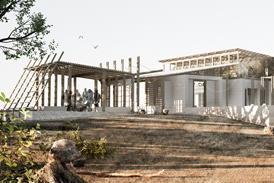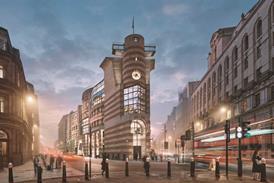- Home
- Intelligence for Architects
- Subscribe
- Jobs
- Events

2025 events calendar Explore now 
Keep up to date
Find out more
- Programmes
- CPD
- More from navigation items
Heritage is the continuing history of everything

We need to think more carefully about how and why we build if we are to better reflect the changing world around us, writes Liz Smith
Britain has lost a lot of traditional building skills, resulting in a disconnect between craftsmanship and architecture. There are exceptions, and some very successful new buildings and districts that will last for generations, but these are not the norm.
Much post-war architecture is dominated by developers for whom profit has masqueraded as progress, in place of an agenda to prioritise the wider social value and impact on the community and planet, and it demands the question – why do we build?
This content is available to registered users | Already registered?Login here
You are not currently logged in.
To continue reading this story, sign up for free guest access
Existing Subscriber? LOGIN
REGISTER for free access on selected stories and sign up for email alerts. You get:
- Up to the minute architecture news from around the UK
- Breaking, daily and weekly e-newsletters
Subscribe to Building Design and you will benefit from:

- Unlimited news
- Reviews of the latest buildings from all corners of the world
- Technical studies
- Full access to all our online archives
- PLUS you will receive a digital copy of WA100 worth over £45
Subscribe now for unlimited access.






